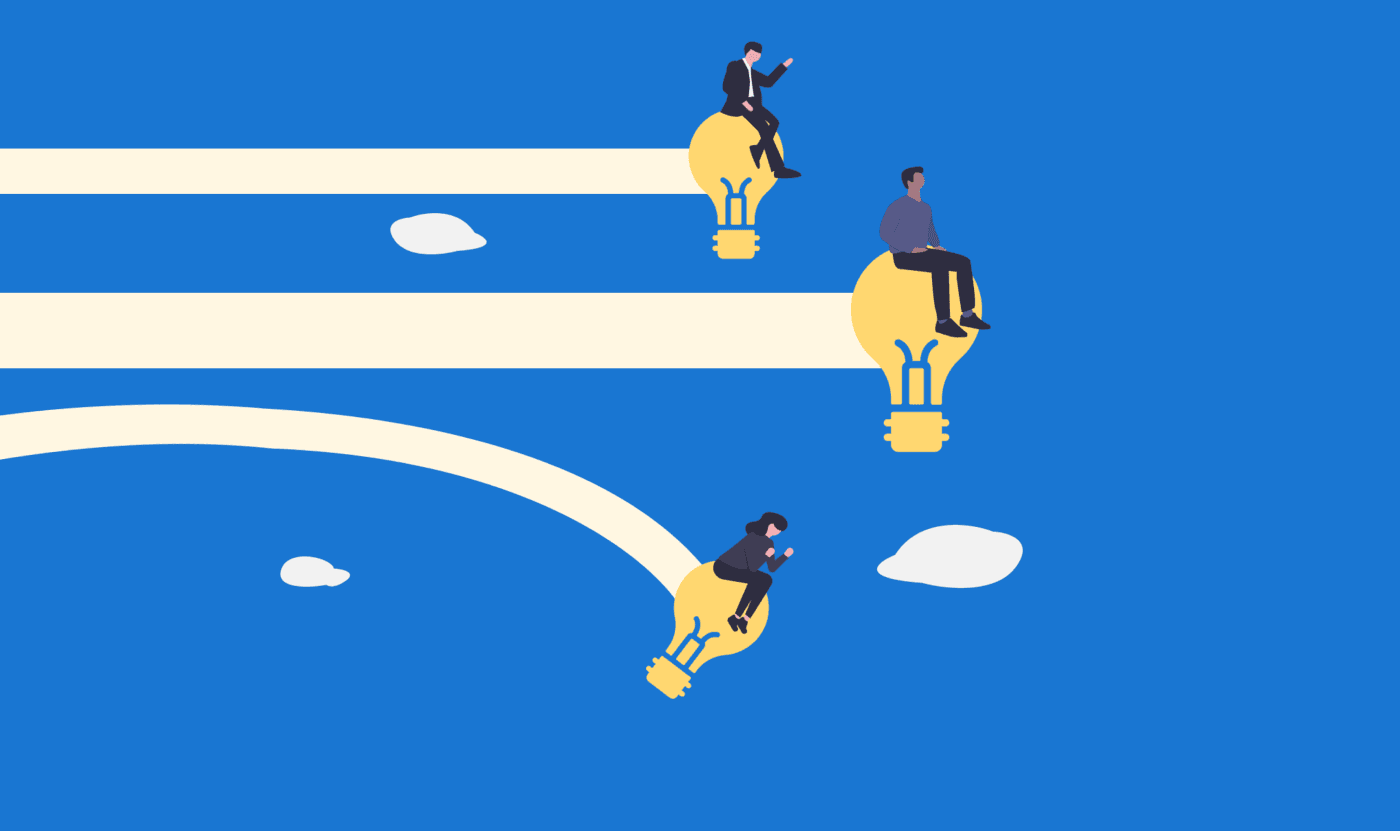Feb 17, 2021
Innovation
Creativity
Portfolio approach
Product Management
Tech
Beating the Odds at Innovation

If you enjoyed this post, you might also like:
Feb 17, 2021
Innovation
Creativity
Portfolio approach
Product Management
Tech

If you enjoyed this post, you might also like: